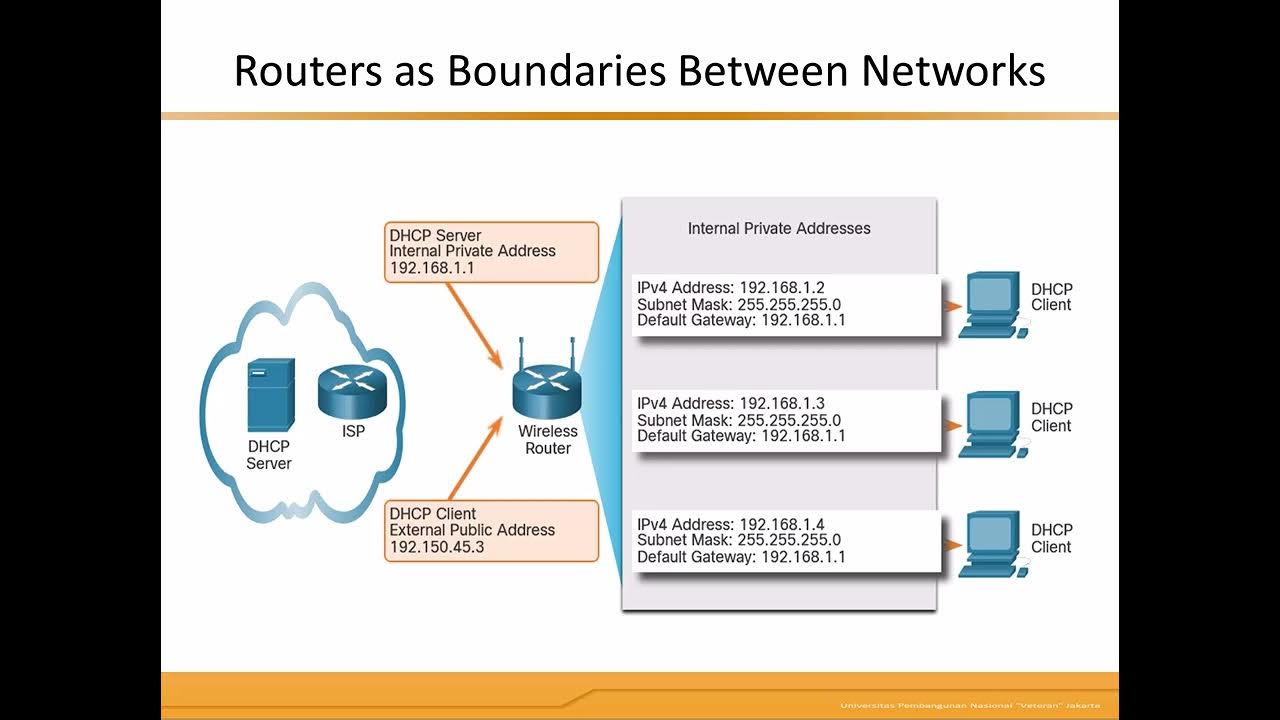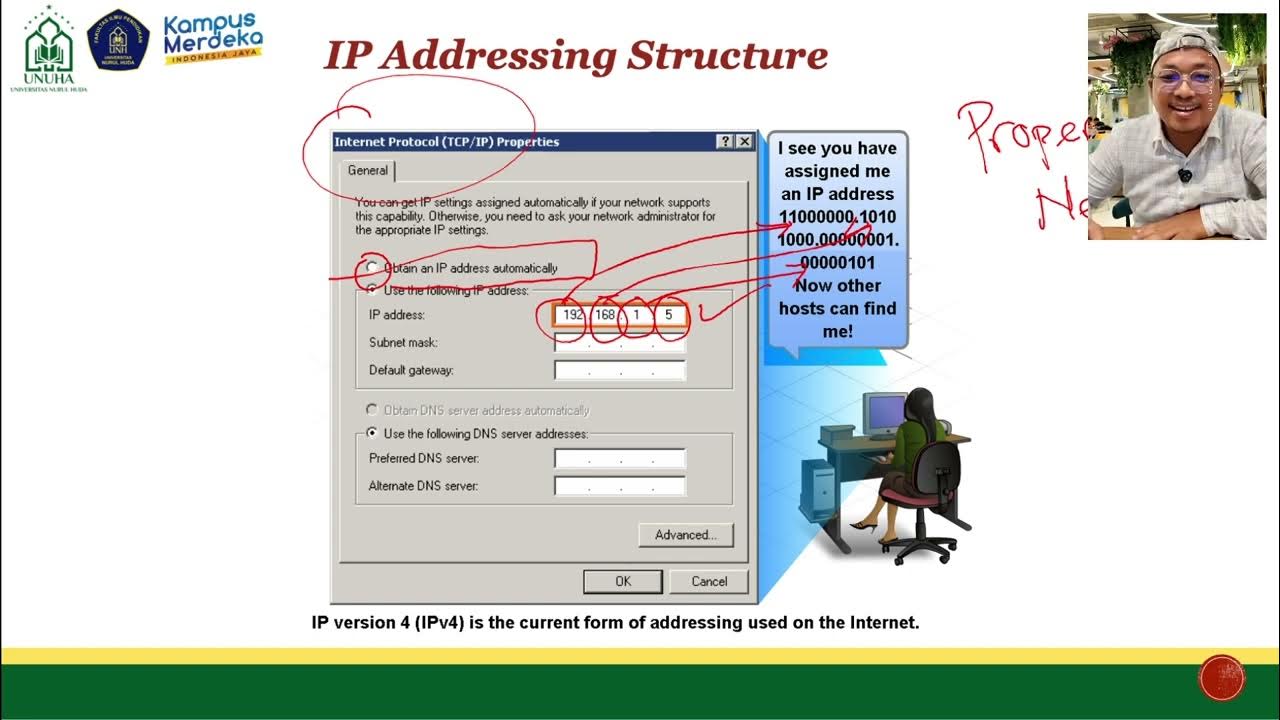What is IP address and types of IP address - IPv4 and IPv6 | TechTerms
Summary
TLDRThis video explains the concept of an IP address, its importance in internet connectivity, and how it helps computers communicate with each other. The presenter covers the two types of IP addresses, IPv4 and IPv6, explaining their differences and how IPv4 is limited in terms of device support, while IPv6 accommodates the growing number of devices. The video also explains the difference between dynamic and static IP addresses, their security implications, and how to find your device's public IP address. The content highlights the role of IP addresses in accessing online services and maintaining secure internet connections.
Takeaways
- 😀 An IP address is a unique identifier for a device on the internet, allowing other computers to locate and communicate with it.
- 😀 Computers and smartphones need an IP address to receive data and download files from the internet.
- 😀 The comparison to a home address helps explain that just as a person needs a home address to receive mail, a device needs an IP address to receive data from the internet.
- 😀 IP stands for Internet Protocol, a set of rules that allows internet communication between devices.
- 😀 There are two main types of IP addresses: IPv4 (32-bit address) and IPv6 (128-bit address).
- 😀 IPv4 can only support about 4 billion devices due to its 32-bit address format, while IPv6 can handle vastly more devices, making it the future-proof standard.
- 😀 IPv6 uses a 128-bit address written in hexadecimal format and can support an extremely large number of devices (2^128).
- 😀 To find a computer's or smartphone's public IP address, simply search 'What is my IP' on Google.
- 😀 The availability of IP addresses is essential for the internet to function, allowing devices to connect to services like cloud storage and job searches.
- 😀 IP addresses can be dynamic (changing with each connection) or static (permanent), with dynamic addresses commonly assigned by internet service providers (ISPs).
- 😀 Static IP addresses are used by DNS servers, which help open websites, but are considered less secure because they can be tracked more easily than dynamic IP addresses.
Q & A
What is an IP address?
-An IP address is a unique string of numbers assigned to a computer or device that allows it to be identified and located on the internet.
Why do computers need an IP address?
-Computers need an IP address to communicate with each other on the internet, much like how a home address is needed to receive mail.
What are the two types of IP addresses?
-The two types of IP addresses are IPv4 (Internet Protocol version 4) and IPv6 (Internet Protocol version 6).
How is an IPv4 address structured?
-An IPv4 address consists of four decimal numbers, each ranging from 0 to 255, separated by dots. This creates a 32-bit address.
Why is there a need for IPv6?
-IPv6 was developed because the number of available IP addresses with IPv4 (about 4 billion) is insufficient to accommodate the increasing number of internet-connected devices.
How is an IPv6 address written?
-An IPv6 address is written as a group of eight hexadecimal numbers separated by colons. It is a 128-bit address that allows a vastly larger number of devices to connect to the internet.
What is the difference between Dynamic and Static IP addresses?
-Dynamic IP addresses change each time a device connects to the internet, whereas static IP addresses remain the same, providing a permanent address for the device.
What are DNS servers, and why do they use static IP addresses?
-DNS servers are computers that help translate website names into IP addresses. They use static IP addresses because they need a permanent, easily identifiable address to function correctly.
How can an IP address reveal the location of a device?
-An IP address can provide information about the device's location, such as the continent, country, city, and the internet service provider that connects the device to the internet.
Why are static IP addresses considered less secure than dynamic IP addresses?
-Static IP addresses are easier to track since they do not change, making them more vulnerable to attacks. However, following safe internet practices can help secure both types of IP addresses.
Outlines

This section is available to paid users only. Please upgrade to access this part.
Upgrade NowMindmap

This section is available to paid users only. Please upgrade to access this part.
Upgrade NowKeywords

This section is available to paid users only. Please upgrade to access this part.
Upgrade NowHighlights

This section is available to paid users only. Please upgrade to access this part.
Upgrade NowTranscripts

This section is available to paid users only. Please upgrade to access this part.
Upgrade Now5.0 / 5 (0 votes)





